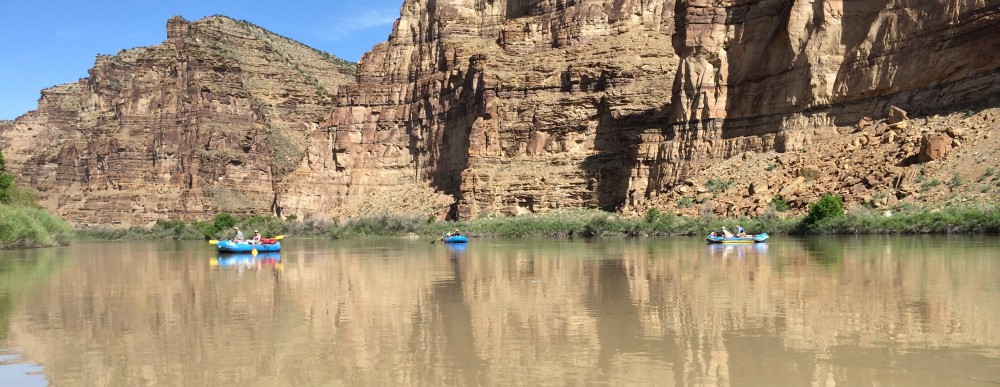
Maloja in the upper Engadine valley, just north of the Italian border in eastern Switzerland, has as one of its attractions the hydrological wonder of harboring three distinct watersheds. These local tributaries eventually run into the Danube, the Po and the Rhine and flow into the Black Sea, the Meditterean and the North Sea respectively.
This trip we’re trying something new, basing ourselves in a locale that accesses multiple mountain trails. The first of our stops is in the Val Bregaglia which is just south of St Moritz and the Swiss National Park. This valley is historically noted as being part of an early Roman trade route to the north. It is also noted for some of the earliest Swiss winter tourism and specifically a couple of notable figures like Nietsche and the Italian painter Segantini.

We hiked 13 miles of the Roman trade route to the Italian border the first day, the whole time questioning and conjecturing what they possibly needed from the north. Later we found from a map that they brought glass all the way from northern Germany as well as tin, iron and gold from southern Germany. We took the post bus back to Maloya.

Schnitzel with mushrooms, bouquet vegetables and buttered noodles was the reward for our efforts. We did learn the Romans carried several pounds of grain, hard tack and considerable amount of bacon for their rations. Not sure if they enjoyed dark chocolate after dinner like we did.
The next couple days we hiked in different directions, one day up long Val Fex with hanging glaciers at the top and a couple of picturesque resort hotels accessible only by horse-drawn carriage. A hike around the Silsersee took us high up on one side giving us views of the craggy mountains and the lake below which lies between Maloja and Nietsche’s summer town of Sils Maria.
In each day’s hike we traveled through tiny mountain-side hamlets and even smaller alp farms with their famous chalet-style huts and rock and timber barns. Just a reminder, the word “alp” refers to those high meadows up in the mountains, not to the mountains themselves often called The Alps.








